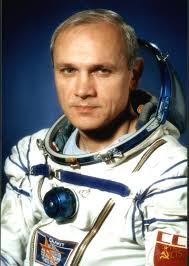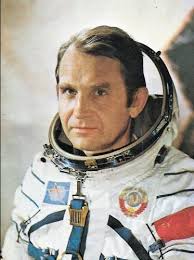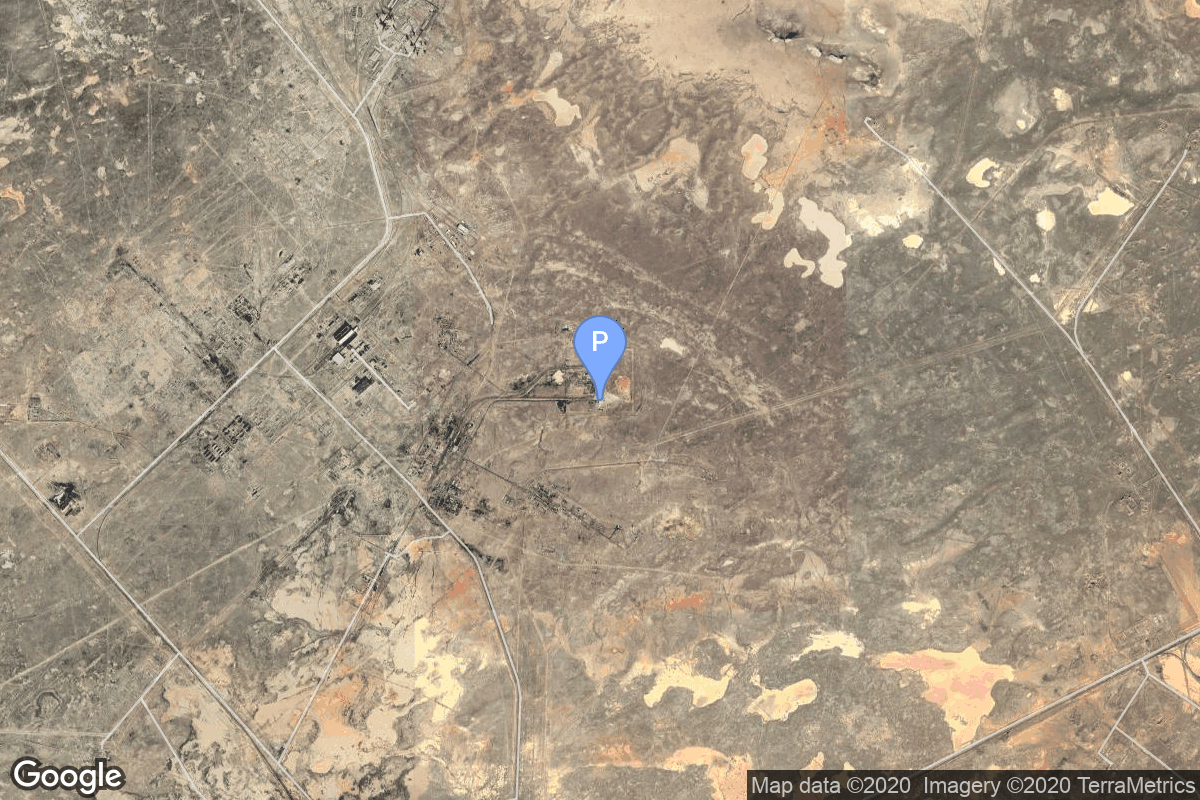Soyuz 27
Soyuz-U
Soviet Space Program
Crew

Vladimir Dzhanibekov
- Birthday: 05/13/1942
- Role: Commander
- Nationality: Russian
- First Flight: 01/10/1978
- Last Flight: 06/06/1985
Vladimir Aleksandrovich Dzhanibekov (Russian: Владимир Александрович Джанибеков, born 13 May 1942) is a former cosmonaut who made five flights.
Dzhanibekov made five flights: Soyuz 27, Soyuz 39, Soyuz T-6, Soyuz T-12 and Soyuz T-13. In all he had spent 145 days, 15 hours and 56 minutes in space over these five missions. He had also performed two EVAs with a total time of 8 hours and 35 minutes. In 1985 he noted the effects of the tennis racket theorem, subsequently also called the Dzhanibekov effect, by showing that an object’s second principal axis is unstable while in free-fall rotation.

Oleg Grigoryevich Makarov
- Birthday: 01/06/1933
- Role: Flight Engineer
- Nationality: Russian
- First Flight: 09/27/1973
- Last Flight: 11/27/1980
Oleg Grigoryevich Makarov (Russian: Оле́г Григо́рьевич Мака́ров) (6 January 1933 – 28 May 2003) was a Soviet cosmonaut.
He was originally part of the Soviet lunar program and was training with Aleksei Leonov for the first manned circumlunar flight. After the success of Apollo 8, however, the flight was cancelled.
His first spaceflight was Soyuz 12 in 1973, a test flight to check the changes made to the Soyuz spacecraft after the Soyuz 11 disaster. His second flight was the abortive Soyuz 18a that made an emergency landing in the Altay Mountains, 21 minutes after launch. With his third launch on Soyuz 27 he flew to space station Salyut 6 and landed five days later with the Soyuz 26 spacecraft. His last mission was Soyuz T-3, during which several repairs on Salyut 6 were done. He also served on the backup crews for Soyuz 17 and Soyuz T-2. Altogether he spent 20 days, 17 hours, and 44 minutes in space.
Mission
Soyuz 27
- Type: Human Exploration
- Orbit: Low Earth Orbit
Soyuz 27 carried Salyut 6 EP-1 mission to the Salyut 6 space station. The mission began on January 10, 1978, 12:26:00 UTC, launching Commander Vladimir Dzhanibekov and Flight Engineer Oleg Makarov into orbit. They docked with the station the next day. During their 5-day stay on the station, crew performed various scientific and technological experiments. EP-1 crew swapped vehicles with the Soyuz 26 (EO-1 expedition) crew, which allowed for a longer stay in orbit for EO-1.
EP-1 crew returned in the Soyuz 26 spacecraft, landing safely back on Earth on January 16, 1978, 11:24:58 UTC.
Location
Rocket
Agency
Soviet Space Program
The Soviet space program, was the national space program of the Union of Soviet Socialist Republics (USSR) actived from 1930s until disintegration of the Soviet Union in 1991.
The Soviet Union’s space program was mainly based on the cosmonautic exploration of space and the development of the expandable launch vehicles, which had been split between many design bureaus competing against each other. Over its 60-years of history, the Russian program was responsible for a number of pioneering feats and accomplishments in the human space flight, including the first intercontinental ballistic missile (R-7), first satellite (Sputnik 1), first animal in Earth orbit (the dog Laika on Sputnik 2), first human in space and Earth orbit (cosmonaut Yuri Gagarin on Vostok 1), first woman in space and Earth orbit (cosmonaut Valentina Tereshkova on Vostok 6), first spacewalk (cosmonaut Alexei Leonov on Voskhod 2), first Moon impact (Luna 2), first image of the far side of the Moon (Luna 3) and unmanned lunar soft landing (Luna 9), first space rover (Lunokhod 1), first sample of lunar soil automatically extracted and brought to Earth (Luna 16), and first space station (Salyut 1). Further notable records included the first interplanetary probes: Venera 1 and Mars 1 to fly by Venus and Mars, respectively, Venera 3 and Mars 2 to impact the respective planet surface, and Venera 7 and Mars 3 to make soft landings on these planets.


